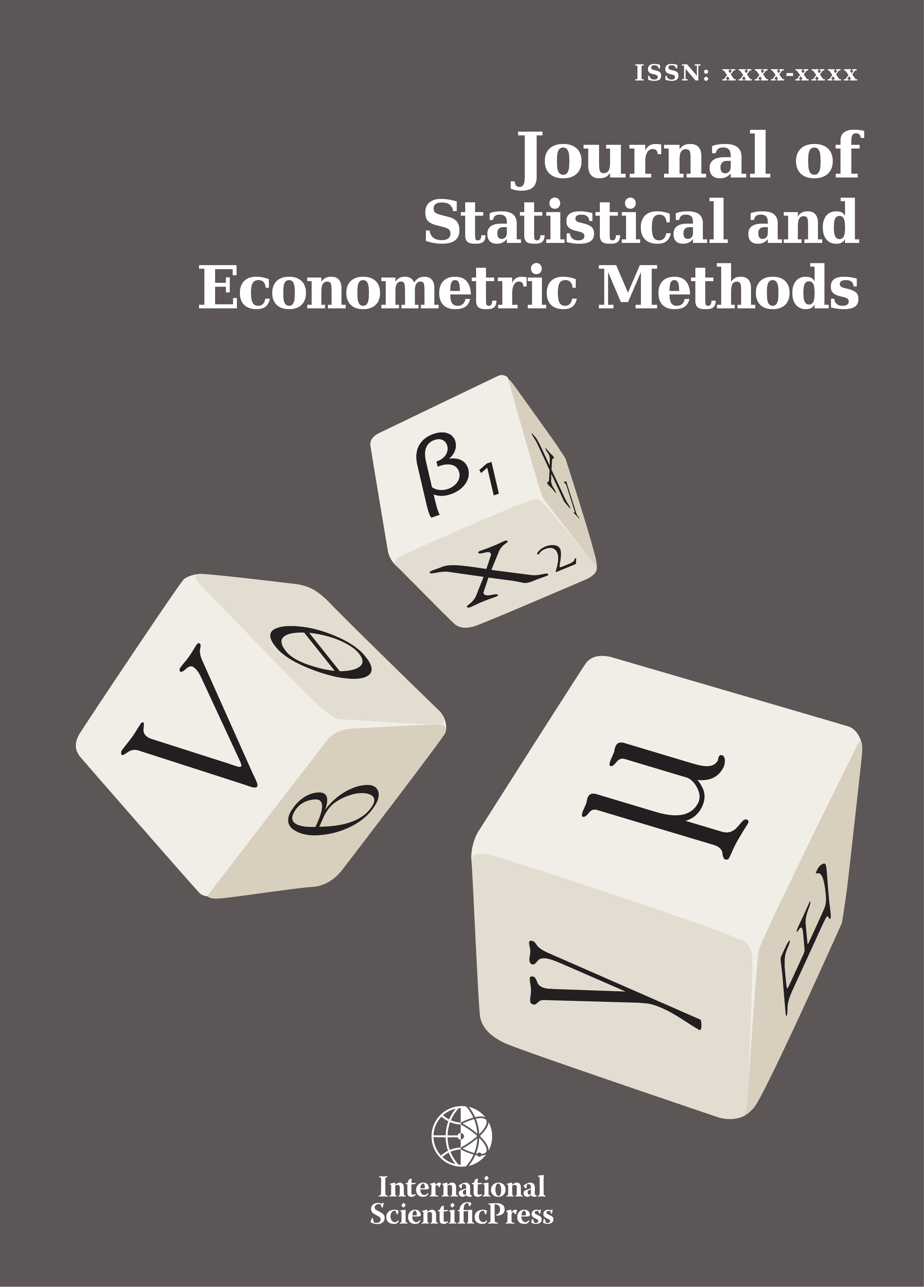Journal of Statistical and Econometric Methods
The Benford paradox
-
 [ Download ]
[ Download ]
- Times downloaded: 10196
Abstract
We consider Benford´s law, also called the first-digit law. Benford (Proc. Amer. Phil. Soc., 78, 1938:551-572) presented the law in 1938, but 57 years earlier Newcomb (Amer. J. Math., 4, 1881:39-40) made the same observation. The problem was identified when they used logarithm tables in performing numerical calculations. They noted that the earlier pages of the tables were more worn than later pages. Consistent with this observation, they noted using numbers starting with low digits more often than numbers with high. Benford considered different data sets and noted that for some this rule is valid while for others it is not. When he combined all data sets, the rule was satisfied. Benford was not the first to observe this curiosity, but Benford´s results aroused more attention. Consequently, in the literature the law was named Benford´s law. This paradox has subsequently been established by other scientists, and it has been confirmed to hold under different circumstances. Benford´s law is a statistical tool of great interest for scientists both when they perform theoretical analyses or when they try to apply the law in empirical connections. There is an extensive literature concerning the use of Benford´s law in order to check data quality.
